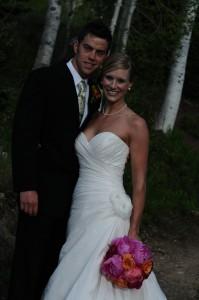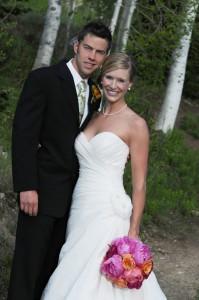Most of us appreciate the ease of our point and shoot camera. We don’t really want to mess with lenses and filters and adjusting focus. Understanding a bit about speed, aperture and ISO may help you take your photo taking to the next level.
All three of these settings help to determine the exposure on your camera whether digital or film. The shutter is a cover that allows light to enter into your camera. When you hit the button to take a photo it causes the shutter to open and close for a brief period of time. The amount of time that it is set for or shutter speed determines how long the film or sensor is exposed to light. The setting for the shutter is measured in parts of a second.
Aperture is the size of the opening inside your lens through which all light must pass before it reaches the shutter. Aperture size is expressed as “f-stop”. The smaller the f-stop, the larger the aperture or opening is.
Shutter speed and aperture control how much light gets to the sensor or film. Shutter speed also controls time. A very fast shutter speed will capture the briefest of moments on your photo like people who are in motion. A slow shutter speed will give you a better photo if your subject isn’t moving.
The aperture also controls how much of a photograph is in focus. A very small aperture opening will keep everything in the frame in focus. While a very large aperture opening (a small f-stop) will only focus at one distance.
Since both shutter speed and aperture affect the amount of light let in when you adjust one you need to adjust the other. If you widen the aperture, letting in more light, you also need to shorten the shutter speed to compensate. The good news for those of us point and shoot photographers is that our cameras make the adjustments for us.
The final setting we are going over is ISO sensitivity. ISO sensitivity also affects noise or graininess. The higher the ISO, the grainier/noisier the image will be. But higher ISO also allows you to shoot with faster shutter speeds in low light. For most amateur photographers keeping ISO lower is preferred.


